Bruges, 1894
oil on canvas
unframed 37 x 24.5 cm
framed 53 x 40 cm
handmade oak frame by
Stockholms Förgyllnings och Bildhuggeri.
Condition:
Recently restored by Sonia Leon. When we received it, the brushstrokes were almost entirely obscured by a thick, old varnish. Today, it is in very good condition, and the colors have been revived. The frame, which is made of oak, is handcrafted by Christer Björkman.
Provenance:
Ina Colliander, relative of the artist.
Exhibited:
Thielska Gallery, Stockholm, "Olof Sager-Nelson and his
contemporaries – Anywhere out of the world" September, 2015.
Dalsland Museum.
Essay:
This painting by Olof Sager-Nelson, executed during his time in Bruges in 1894, is a splendid example of symbolism. It depicts a serene canal in Bruges, surrounded by sunlit houses whose reflections gracefully dance upon the water's surface. The choice of Bruges as a subject reflects Sager-Nelson's fascination with the town, a sentiment he shared with many artists of his time. In his correspondence, he often spoke of the struggle to complete paintings that he could send back to Sweden, highlighting his dedication and the financial support he received from patron Pontus Fürstenberg.
Sager-Nelson's life was marked by significant personal challenges, including the loss of his mother at a young age and his father's emigration to the USA after being convicted of embezzlement. Opting for an artistic path after an unsuccessful attempt to study engineering, he found his calling in the arts, studying under Bruno Liljefors at Valand's art school and later drawing inspiration from contemporaries like Édouard Manet, James McNeill Whistler, and Paul Gauguin in Paris. His paintings from 1894, among which this piece is a prime example, are considered his most accomplished works.
Symbolism, as a movement, sought to express the idea that reality could be symbolized by forms and colors that evoke an emotional response rather than directly represent the world. Sager-Nelson's work reflects this philosophy through its emotive use of color and composition, seeking to capture the essence and atmosphere of Bruges rather than a mere photographic representation.
The painting's previous ownership by Sager-Nelson's relative, Ina Colliander, adds to its historical and sentimental value. Sager-Nelson's exploration of symbolism was not just a mere artistic endeavor but a deep, personal journey into the complexities of human emotions and the mysteries of existence, often reflecting his own intense feelings and inner world.
This work stands as a testament to Sager-Nelson's brief but impactful career, capturing the beauty of Bruges through a symbolist lens. It invites the viewer to look beyond the physical world into the emotional and spiritual realms that Sager-Nelson navigated with such passion and sensitivity.



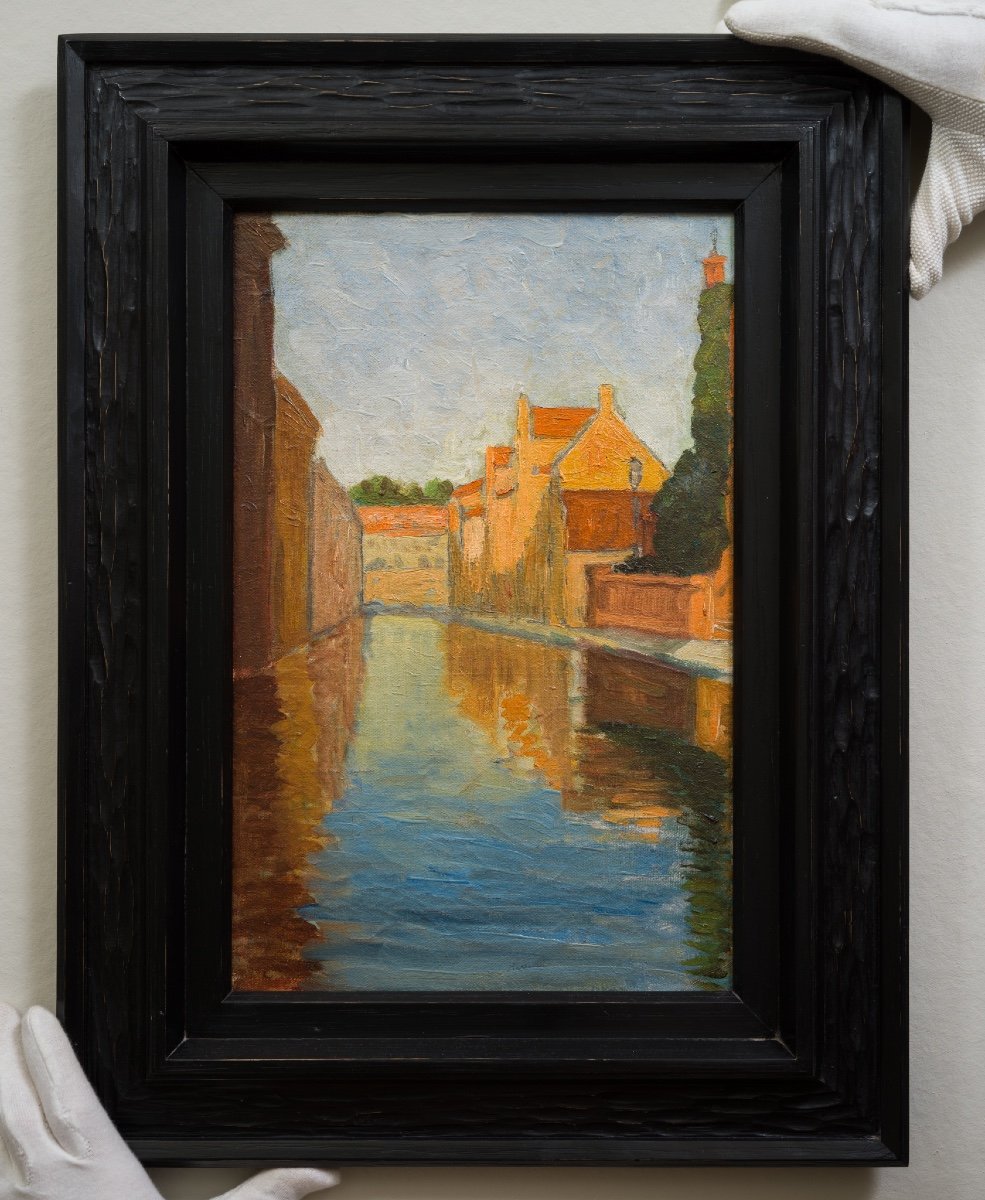
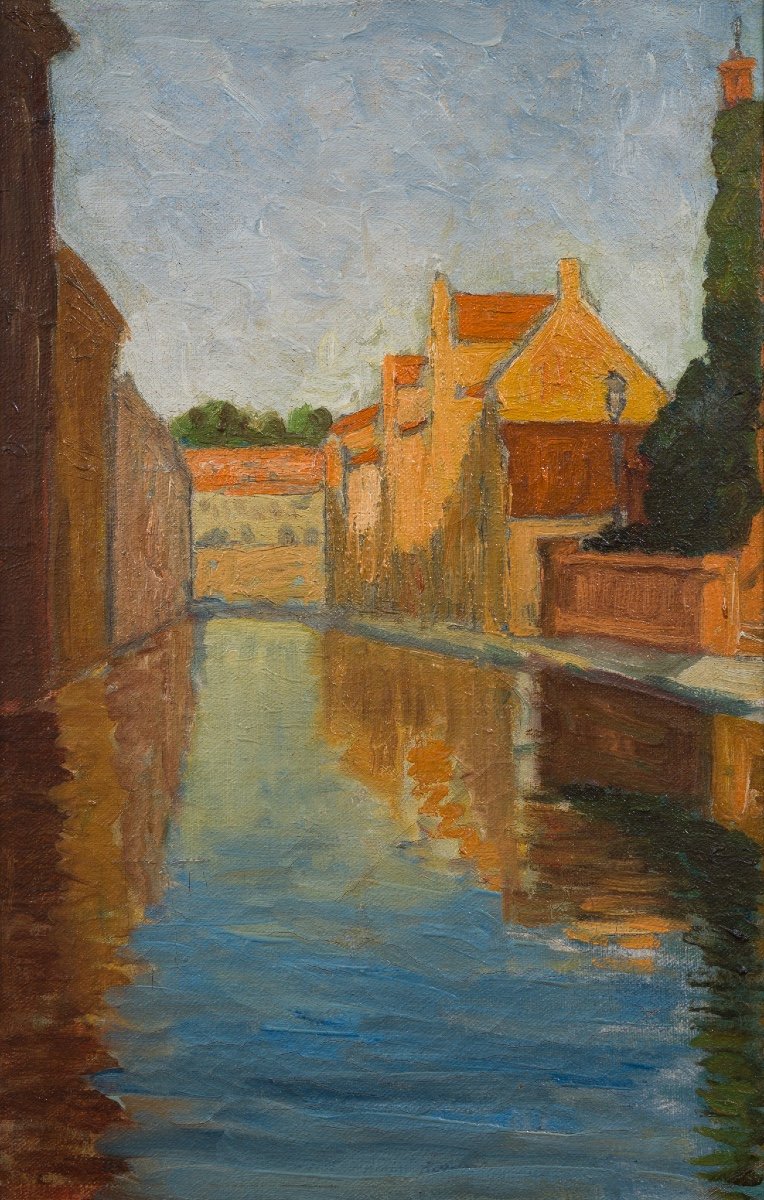


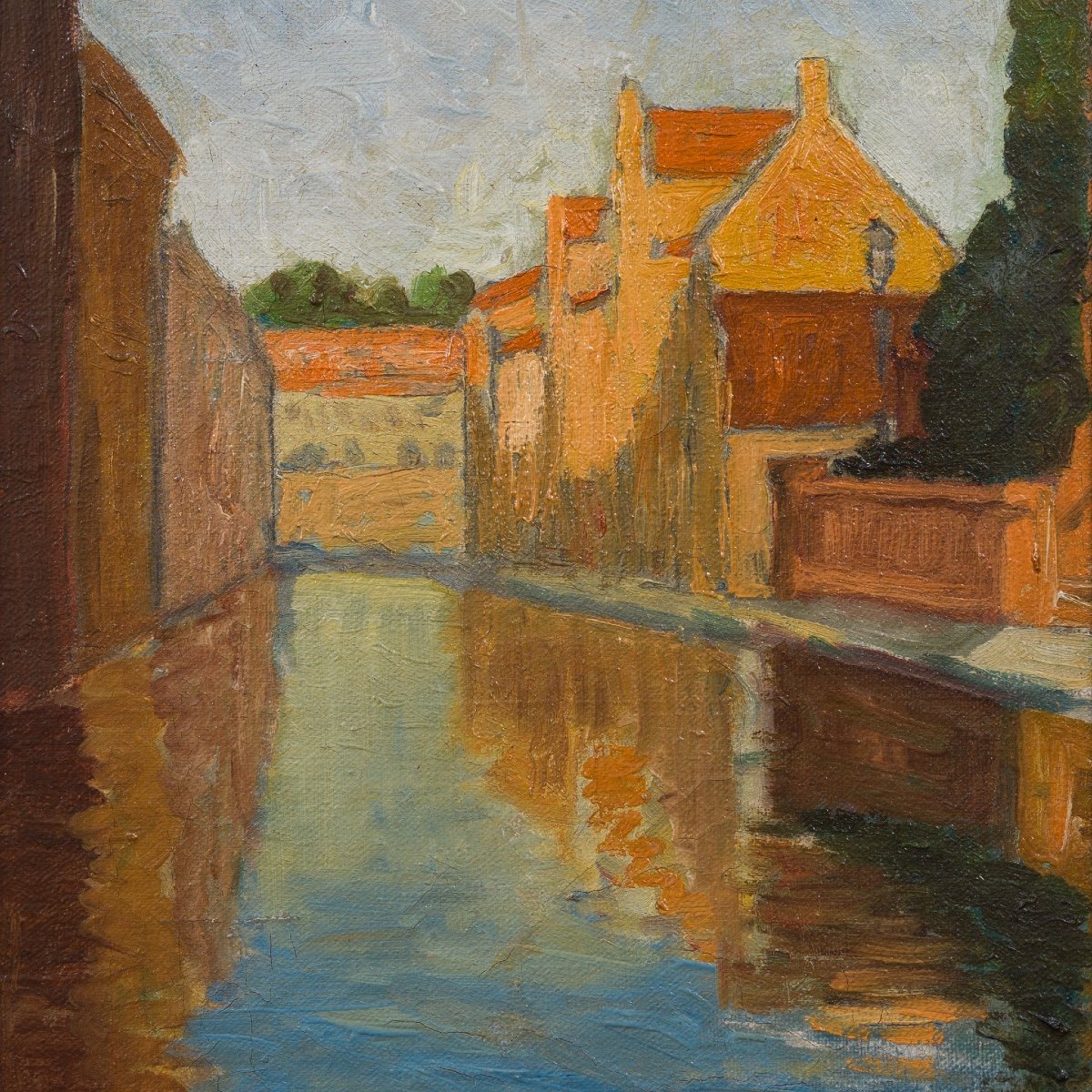

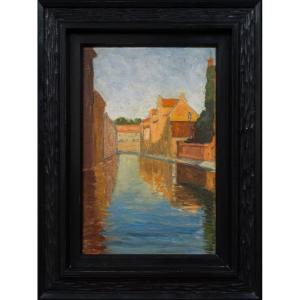







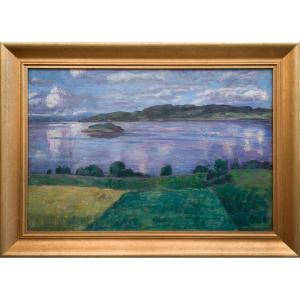
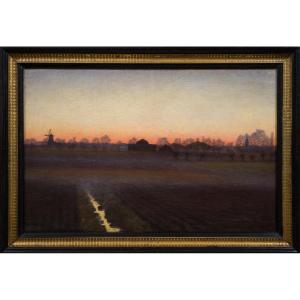


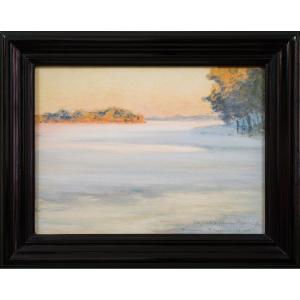

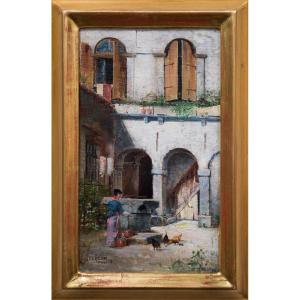



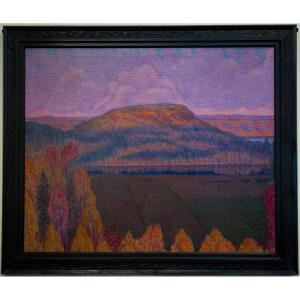












 Le Magazine de PROANTIC
Le Magazine de PROANTIC TRÉSORS Magazine
TRÉSORS Magazine Rivista Artiquariato
Rivista Artiquariato